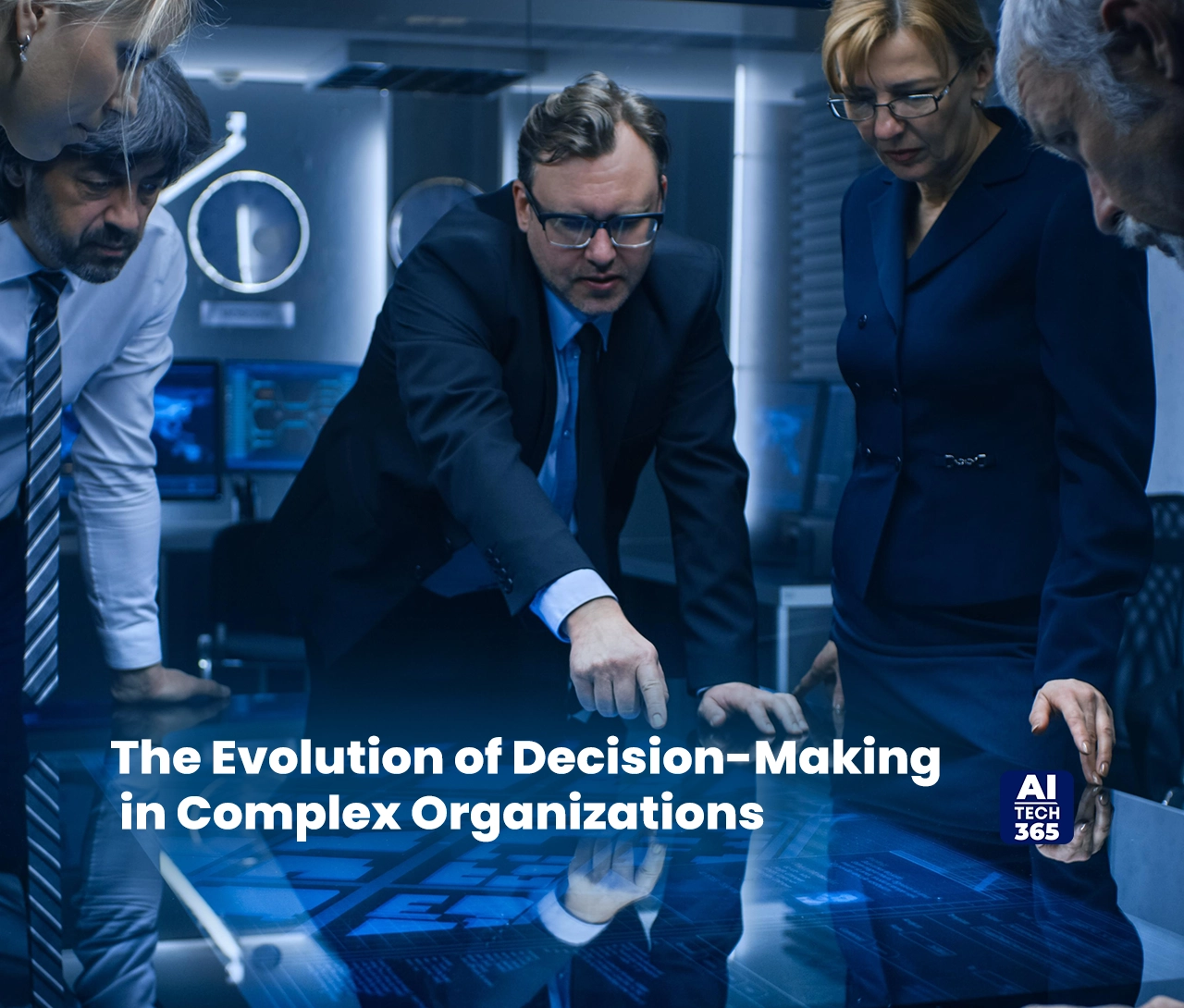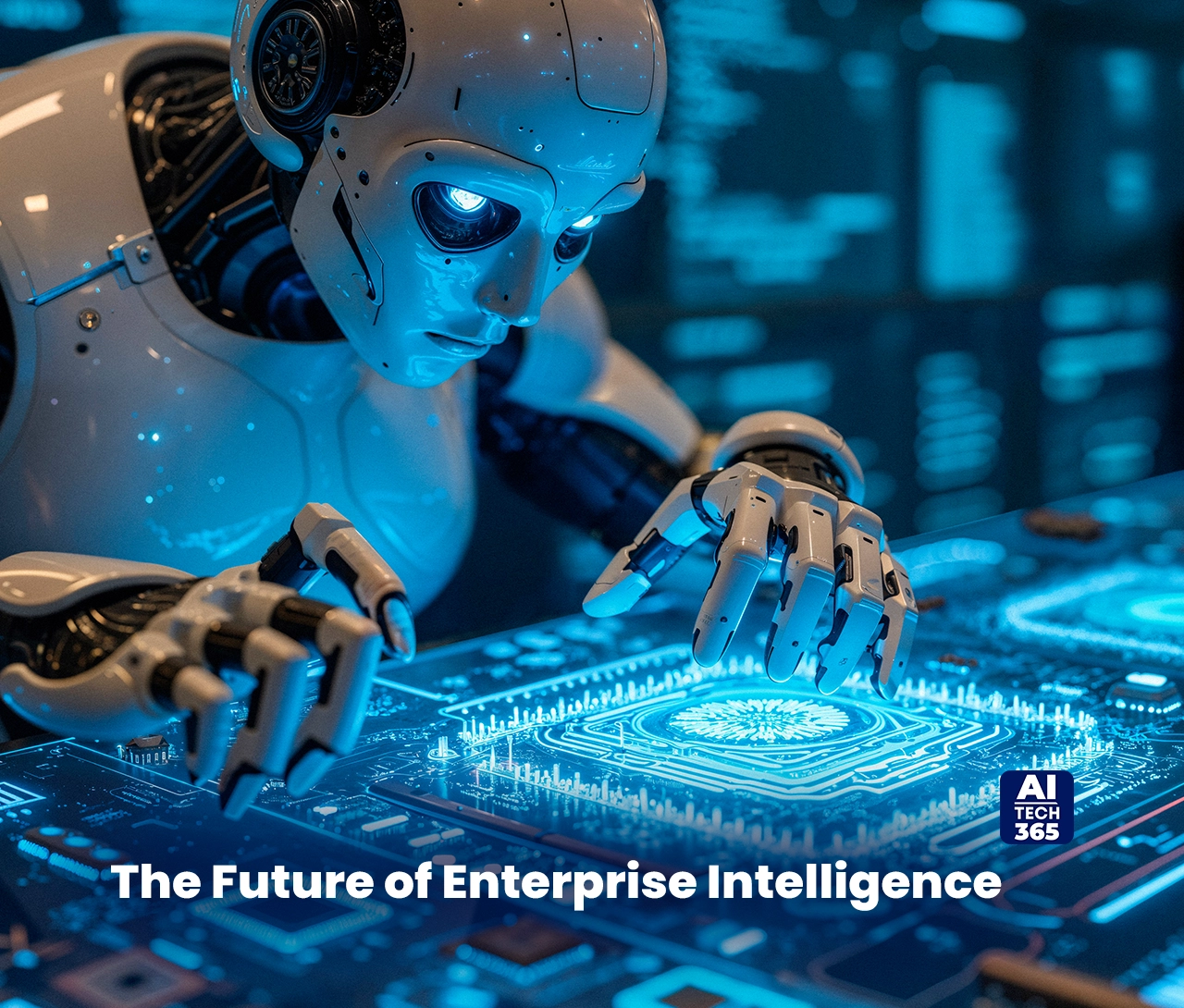In today’s world, data drives strategy. Companies face pressure to make fast and accurate decisions. Innovation sets leaders apart from those who fall behind. Enter Enterprise General Intelligence (EGI). This approach combines advanced AI, cross-functional data integration, and adaptive learning. It helps businesses make better decisions. AI and tech leaders must grasp how EGI connects raw data to actionable insights. It’s essential for modern enterprises.
The Evolution of Decision-Making in Complex Organizations
Big companies often rely on old decision-making methods. These methods use scattered data systems, isolated teams, and reactive strategies. Business intelligence tools and old analytics platforms have made some progress. But they can’t keep up with the speed and volume of data created in different departments. The result? Delayed responses to market changes lead to missed chances. This creates a gap between data and action.
EGI changes the game by bringing together different data streams. This includes customer behavior, supply chain metrics, financial forecasts, and employee performance. The result is a unified, real-time intelligence ecosystem. EGI is different from narrow AI systems that focus on specific tasks. It looks at information as a whole, connecting ideas across different areas. It finds patterns, predicts outcomes, and suggests strategies that match the organization’s goals. This move from individual insights to shared intelligence affects our larger decision-making.
As of 2024, 72% of organizations have adopted some form of AI in their operations, highlighting the shift toward intelligent decision-making systems like EGI.
Core Components of Enterprise General Intelligence
EGI stands on three key pillars: data synthesis, adaptive learning, and ethical governance. The first pillar is data synthesis. It focuses on uniting structured and unstructured data. This data comes from various sources like IoT sensors, CRM platforms, and third-party APIs. EGI breaks down silos. This creates one source of truth. It shows how connected modern business operations are.
Adaptive learning ensures the system evolves alongside the organization. EGI improves its models by using feedback loops. It bases updates on real-world outcomes. This way, it adjusts predictions and recommendations to match changing market trends. A retail conglomerate using EGI might see its algorithms adjust inventory forecasts automatically. They would look at supplier delays, consumer demand trends, and regional logistics issues. They can do this all without human help. Nearly 59% of enterprises currently using AI plan to increase their investment in the technology to support adaptive learning capabilities
Ethical governance is the third pillar. It addresses risks like bias, privacy, and transparency in AI systems. EGI frameworks ensure accountability from the start. They audit decision pathways and check compliance with regulations. This builds trust with stakeholders. It also lowers legal and reputational risks from unclear algorithms.
Transforming Uncertainty into Strategic Advantage
EGI’s key value is turning confusion into clear actions. Consider a global financial institution grappling with fluctuating interest rates and geopolitical instability. Legacy systems often create separate reports on credit risk or currency trends. This forces executives to manually combine information to form a response. EGI connects macroeconomic indicators, client portfolios, and regulatory changes in real time. It simulates different scenarios. This helps suggest the best asset allocations or strategies to reduce risk.
EGI is changing patient care in healthcare. It combines electronic health records, genomic data, and clinical trial results. A hospital network using this technology can predict disease outbreaks. It can also personalize treatment plans and optimize resource use. These choices save lives and cut operational costs. EGI shows its versatility in many ways. It can optimize marketing spend, speed up R&D cycles, and boost sustainability efforts. Its uses match the diverse challenges that businesses encounter.
Also Read: Understanding the Difference Between Serverless Analytics vs. Traditional Data Analytics
Overcoming Implementation Hurdles
Adopting EGI is not without obstacles. Cultural resistance, legacy infrastructure, and data quality issues often stall progress. Many organizations face problems with old IT systems. These systems can’t handle the demands of EGI. Others don’t have the right governance frameworks. This can lead to issues with responsible AI deployment.
Successful implementation hinges on cross-departmental collaboration. IT teams need to work with legal, compliance, and operations leaders. This helps align EGI’s capabilities with the organization’s priorities. Training employees to understand and use EGI-driven insights is crucial. A top-notch system won’t succeed if users don’t trust or grasp its results.
Data readiness is another critical factor. Before using EGI, companies should check their data systems. They need to fix gaps in accuracy, completeness, and accessibility. Clean and organized data boosts EGI’s predictive accuracy. But remember, ‘garbage in, garbage out’ is always a risk.
The Future of Enterprise Intelligence
As EGI grows, it will connect with new technologies. This includes quantum computing, edge AI, and generative models. These advances will open up new possibilities. Picture a manufacturing firm where EGI predicts equipment failures. It also works with generative AI. They manage maintenance protocols, talk to suppliers, and update compliance documents, all on their own.
The rise of decentralized decision-making further amplifies EGI’s potential. Empowering frontline managers with real-time intelligence helps organizations cut down on red tape. This way, they can respond quickly to local market conditions. A regional sales director might use EGI to adjust pricing strategies. They consider local demand, competitor actions, and inventory levels. They also follow corporate guidelines.
A Call to Action for Tech Leaders
AI and tech leaders need to know this: Enterprise General Intelligence is not just a future goal. It’s a current necessity. Organizations that succeed this decade will use EGI. They will democratize insights, automate complexity, and build a culture of data-driven agility.
Start by conducting a capabilities audit. Where does your organization excel in data integration? Where are the gaps in adaptive learning or ethical oversight? Pilot EGI in a safe area that has a big impact. Good choices include supply chain optimization or predicting customer churn. This shows ROI before you scale up. Work with vendors and schools to keep up with new developments. Also, focus on being transparent to build trust both inside and outside the company.
In the end, EGI’s true power lies not in replacing human judgment but in elevating it. Combining machine speed and human intuition helps businesses tackle uncertainty. This way, they can turn today’s challenges into tomorrow’s chances.


